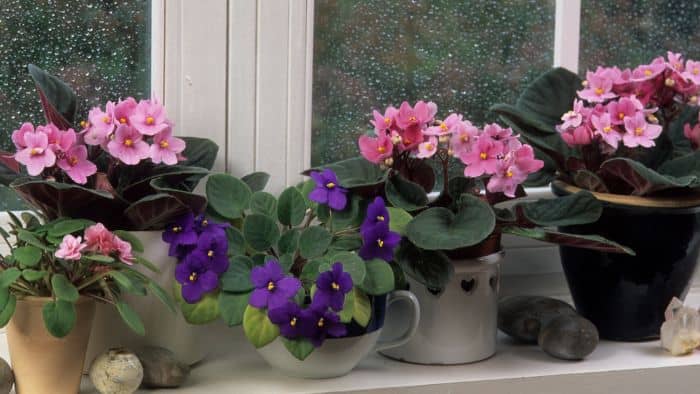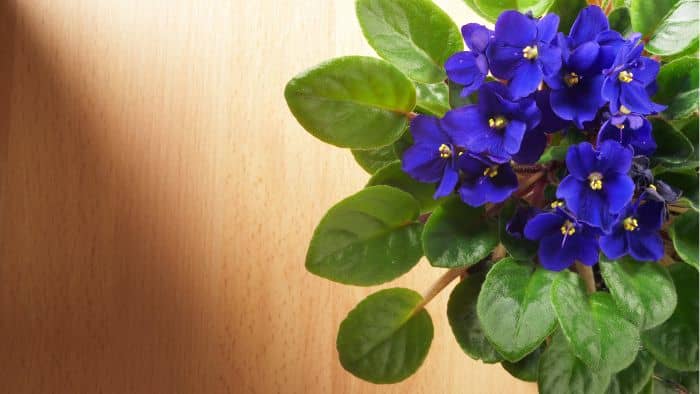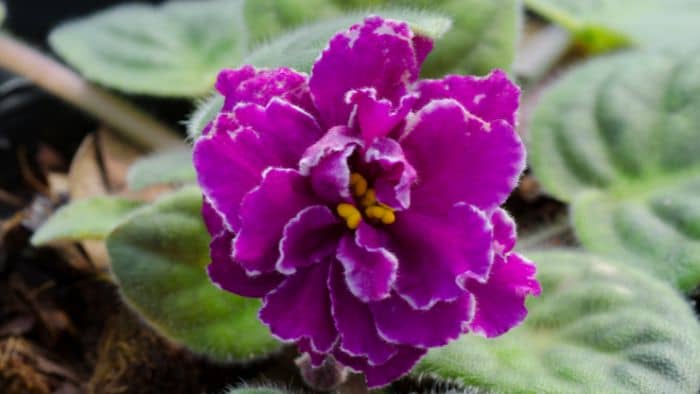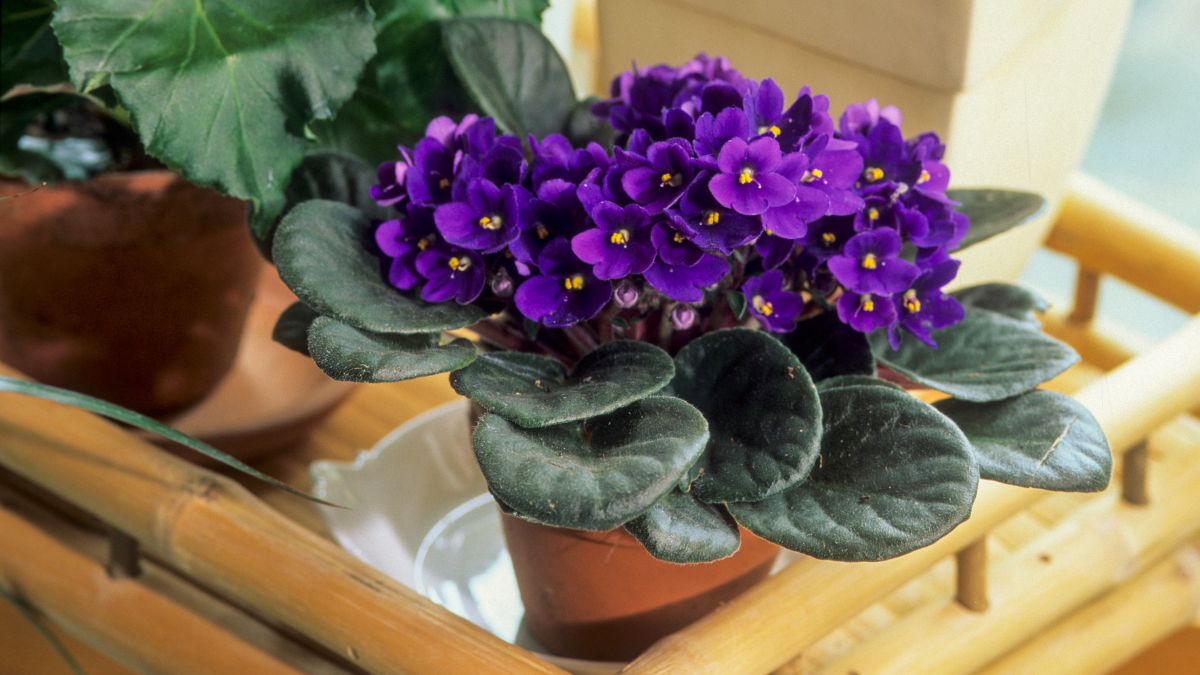If you want to know what the best potting soil for African violets is, then this blog post is for you. These eye-catching plants are easy to grow as long as they are planted in the right environment and receive proper maintenance.
African Violets are plants that are native to the Tropical Eastern African region and are commonly grown indoors. However, they can also grow outdoors throughout the year, giving your home or garden a stunning look.
This article offers valuable information for established and new gardeners and shows you how to have a thriving garden. We discuss what to consider when planting African Violets and give you information about the best soil, steps to plant, and care tips. Have a look below to learn more about these indigenous plants.
Things To Consider Before Planting African Violets
When planting African Violets, there are several things to consider. These include the type of soil used to grow them, soil testing, climate, and watering needs amongst others.
African Violets are fragile plants and need constant pruning and care to grow their best. You should consider removing dead leaves regularly which will encourage new growth and allow the plant to grow freely.
You should also keep in mind that these plants need to be grown in the correct climate, with just sufficient sunlight and water. Let’s have a look at what is the best potting soil for African Violets below.

What is the Best Potting Soil for African Violets?
Soil is the crux of having a beautiful and thriving garden. While some plants demand acidic soils, others thrive in alkaline soils. So, what is the best potting soil for African Violets?
African Violets thrive in soil that is rich in nutrients thus allowing for optimal growth. For convenience, there are many regular types of potting soil mixes available at your local nursery, however, these plants need the best ones to thrive. Therefore, a mixture of 50% peat moss with half parts perlite and vermiculite is best.
Seeing that these little blooms are sensitive to soil amendments, introducing more subtle ingredients to enhance soil nutrients is advised. By making sure that the soil you choose is absorbent, loose, and has the necessary nutrients, you can be well on your way to growing colorful African Violets.
Steps To Plant African Violets
Planting African Violets is easy to do if you have the correct knowledge. They are quick-growing plants that lend beauty to your landscape or indoor setting. When planting them, make sure to use the best potting soil to ensure that they grow their best.

Here Are a Few Steps that You Can Follow when Planting them:
1. Plant pots – Choose a pot that is suitable in size and appearance especially for indoors. There are self-watering pots available specifically for African Violet plants which you can get at your local garden store or nursery.
2. Soil Preparation – Pour water into the soil and mix well however, too much water is not healthy for the plant so the recommended method would be to place your pot of soil in a saucer, tray, or bowl of water. Room temperature water is suitable, but if you feel the water is too cold, u can add a bit of warm water to the soil.
3. Soil Check – Leave the pot in water for approximately 20 to 25 minutes. This will be a sufficient amount of time for the water to absorb into the soil. Check the soil to make sure it has enough moisture. If it is still dry leave it to stand for a little longer.
4. Planting Shoots – Once you are satisfied with the moisture in the soil, plant your African Violet shoots directly into the soil at least 1.3cm deep.
5. Planting Seeds – If you are using seeds then you should wet the soil, allow it to dry for a while, sprinkle the seeds on top, and spray them with water. Thereafter, cover the top of the pot with some plastic to create a humid setting.
6. Sunlight – Place the pots where they receive sufficient sunlight but not direct sunlight. Within a few weeks, you should start to see the sprouts.
Here’s a video that shows you how to prune African Violets.
African Violet Plant Care Tips
When it comes to African Violet plant care, there are a few things that you should take note of. Using the best potting soil for this plant is the number one step to ensure that they grow well. Below are a few plant care tips you can follow to ensure that your violets stay happy and healthy.
Tips:
- For optimal results, make sure the plants receive indirect sunlight and sufficient air.
- Too much water will rot the roots of the plant so overwatering is not advised.
- It is best to place some water in the tray of the plant rather than pouring water directly into it.
- Should water get onto the leaves or flowers, dry them up gently, or else it will leave water marks.
- Remove dry leaves often to encourage plant growth and bigger blooms.
- These plants are sensitive to changes in the growing medium. Using coco coir, vermiculite, coco peat, perlite, and peat moss is best.
Conclusion
Having African Violets as a part of your landscape or indoor setting would lend an extraordinary beauty to your home. It has an inviting aroma as well as a petite look that is pleasing to the eye.
Whether you are an established or new gardener, this plant is easy to maintain in the right environment. One parent plant can give you many succulents which can be easily transplanted. Additionally, this colorful and beautiful plant offers blooms throughout the year.
Also, to suit a busy lifestyle, there are self-watering ceramic or plastic plant containers available from online stores and local nurseries. The African Violet is an average maintenance plant that requires a little care to produce luscious blooms all year through. Here’s an additional link with care tips for African Violets.

FAQs
[rank_math_rich_snippet id=”s-a151d3c8-3d1f-4b28-9df2-cac0303cb7b1″]

